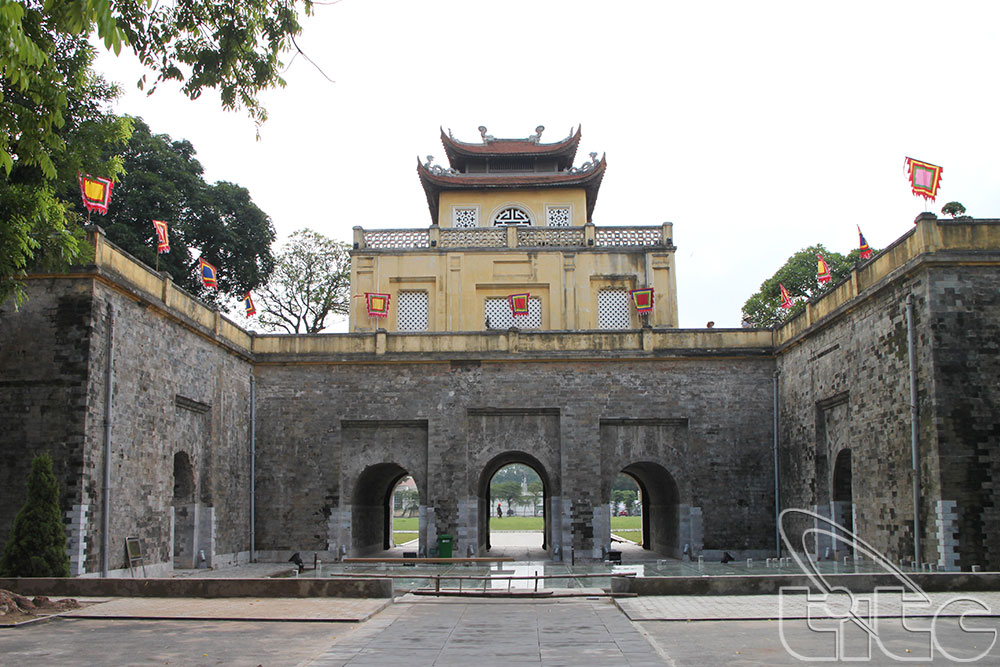“Preserving and promoting world heritage values from the angle of the Thang Long Imperial Citadel” was the main focus of an international workshop in Ha Noi on November 23.

The event, held by the Ha Noi municipal People’s Committee and the Viet Nam National Commission for UNESCO (UNESCO Viet Nam), forms part of activities held to mark UNESCO’s 70 th founding anniversary and five years since the Thang Long Imperial Citadel was recognised as a world cultural heritage site.
It heard nearly 40 reports that reflected on the research, preservation and restoration of relic sites and objects in heritage sites, and how to manage, promote and uphold their values.
Since the Thang Long Imperial Citadel won UNESCO recognition in 2010, the Vietnamese Government and municipal authorities have heeded the protection and restoration of the site, as well as measures to carry its values forward.
However, like other world heritage items in Viet Nam, the work has been hindered by challenges stemming from the urbanisation process, along with a shortage of capital and equipment, and officials’ limited capacity.
Delegates at the event pointed to the need to expand the scale of archaeology, control the number of tourists and improve the capacity of officials involved in the work.
Pham Sanh Chau, Secretary General of UNESCO Viet Nam, suggested the country raise public awareness about world heritage and act.
Viet Nam is home to 22 world heritage items recognised by UNESCO, including two natural heritage sites (Ha Long Bay and Phong Nha - Ke Bang National Park), five cultural heritages (the Central Sector of the Imperial Citadel of Thang Long, the Citadel of the Ho Dynasty, the Complex of Hue Monuments, Hoi An Ancient Town and My Son Sanctuary), and one mixed heritage site (Trang An Landscape Complex).